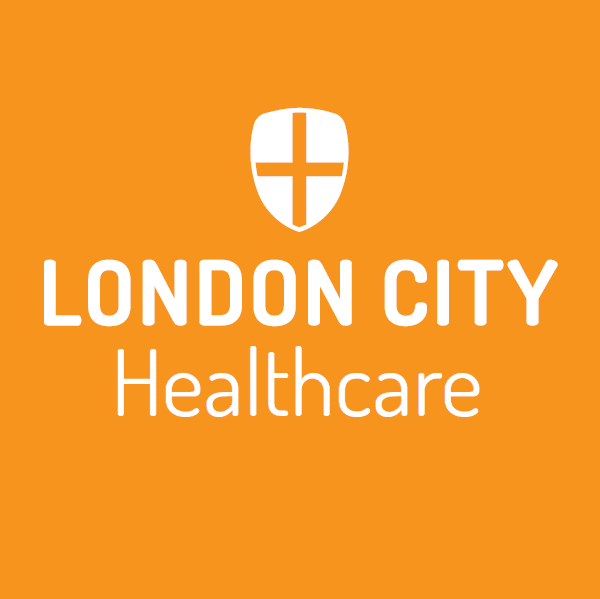Understanding and implementing self-referral systems in occupational health helps to provide a supportive work environment. This approach empowers employees to independently seek health services, addressing concerns impacting their performance or well-being.
Occupational Health Management Referrals
Traditionally, referrals to occupational health services have been management-driven. However, the dynamics are shifting towards more employee-centric models.
- Management Referrals: Typically initiated by supervisors or HR when they notice an employee struggling with health issues impacting their work.
- Shift to Employee Self-Referral: Organisations increasingly recognise the benefits of allowing employees to self-refer to occupational health services.1
- Benefits of Self-Referral:
- Empowers Employees: Encourages a proactive approach to health and well-being.
- Reduces Stigma: Makes it easier for employees to seek help without feeling judged.
- Early Intervention: Can lead to earlier identification and management of health issues, potentially reducing long-term impacts.
Case Study: A UK-based retail company introduced a self-referral system, which led to a 30% increase in employees seeking help for mental health issues within the first year, demonstrating the effectiveness of this approach.
Occupational Health Assessment Referral
Whether initiated by management or the employee, an occupational health assessment referral is a critical step in addressing health-related work issues, but what is an occupational health assessment?
- Components of an Occupational Health Assessment:
- Physical Health Evaluation: Assesses the employee’s physical health and its impact on their job role.
- Mental Health Screening: Considers mental health factors such as stress, anxiety, and depression.
- Workplace Ergonomics: Evaluates the physical aspects of the workplace and how they affect the employee’s health.
- Confidentiality and Consent: It’s crucial that employees understand their rights to confidentiality and give informed consent for the assessment.
How to Arrange an Occupational Health Assessment
Arranging an occupational health assessment can be a straightforward process, whether it’s a self-referral or through management.
- Self-Referral Process:
- Contact Occupational Health: Employees can directly contact their organisation’s occupational health service or designated provider.
- Complete a Self-Referral Form: This typically includes details about their concerns and how they relate to their work.
- Schedule an Appointment: The occupational health service will arrange an assessment at a convenient time.
- Preparation for the Assessment: Employees should be prepared to discuss their health concerns openly and honestly and may be asked to provide medical history or current treatment details.
Case Study: At a software development company in Leeds, the implementation of an easy self-referral process led to a significant reduction in work-related musculoskeletal disorders among employees.2
Self-referral to occupational health represents a significant shift towards employee-centred care in the workplace. Organisations can foster a more supportive and productive work environment by enabling employees to take the initiative in managing their health.
Article fact-checked and approved by Dr. Amun Kalia and Dr Deryk Waller
